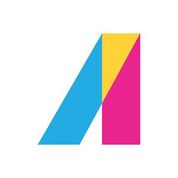TalentLMS is a Learning Management System (LMS) Software. TalentLMS offers Video Conferencing, Synchronous Learning, SCORM Compliance, Mobile Learning, Learning Portal and many more functionalities.
Some top alternatives to TalentLMS includes Trainual, Moodle, Brightspace, Canvas LMS and LMS Collaborator.
Yes, TalentLMS provides API.
Yes, TalentLMS provides a mobile app.
TalentLMS is located in San Francisco, California
TalentLMS offers Freemium, Subscription, Quotation Based pricing models
The starting price of TalentLMS is $69/Month when Billed Yearly


































